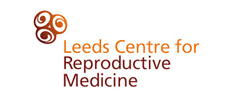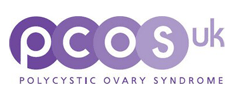On Friday a company called OvaScience reported the “first baby to be born with IVF that uses stem cells to pep up old eggs”. To quote the New Scientist “He has been called the world’s first stem cell baby. Zain Rajani was born three weeks ago in Canada after his parents opted for a new type of IVF marketed under the name Augment. The procedure is supposed to enhance the quality of a woman’s eggs by injecting them with mitochondria taken from her ovarian stem cells.”
We have to be cautious, however, when reviewing this single case as the couple concerned had conceived with their second cycle of IVF, during which 4 embryos had been created, the same number that had been created with their first, unsuccessful cycle. Before the second, successful, attempt, the mother had undergone a procedure to remove some ovarian tissue in order to extract mitochondria from immature oocytes which were subsequently injected into the eggs collected during IVF. The theory is that these extra mitochondria might “boost energy and improve the health” of poor quality eggs. There is no proof that this process was the reason that the treatment was successful.
There are apparently 8 women pregnant worldwide who have received this “Augment” treatment, and we understand that they have a variety of underlying fertility problems. To date we have not seen any peer-reviewed publications outlining the exact methodology and there have been no publications of clinical trials. Furthermore this therapy is not licensed by the HFEA or the authorities in the USA, where OvaScience is based.
We also have to be concerned about the safety of adding extra mitochondria from oocytes at an earlier stage of development and the potential risks, which are impossible to quantify. One reason that old eggs are less fertile is because they do not have the integrity to go through cell division in an ordered way, which is why chromosome imbalances are more likely to occur. There is no peer-reviewed evidence that mitochondria from immature eggs can correct this. Furthermore some have expressed concerns that inappropriate levels of energy may do harm and so safety data is required.
It is essential also to distinguish this treatment from that for mothers who carry a risk of having babies with life threatening mitochondrial disease, which was recently approved by the British Government. This mitochondrial donation technology is different from “Augment” and involves the transfer of the nucleus from a fertilised egg into a donor egg with healthy mitochondria after the donor nucleus has been removed. This enables families affected by mitochondrial disease to have healthy children. This science behind that technology has been rigorously developed and the subject of external scientific, ethical and legal scrutiny and will be tightly regulated by the Human Fertilisation and Embryology Authority (HFEA).
Of course we support research into therapy that may help couples with subfertility but urge caution to ensure proper scientific scrutiny before new treatments are introduced.










